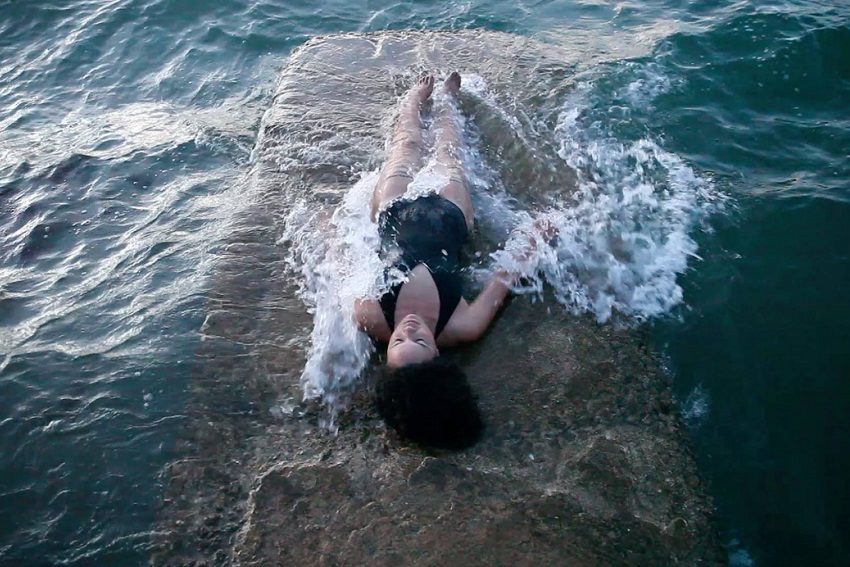Samstag Goes Off the Deep End

The relationship between humans and the ocean has long been one of fascination and intrigue. While it provides a sense of adventure and discovery it has also provided a source of trade and commerce. Through globalisation and its impact on the environment our relationship to the ocean is changing.
As part of this year’s Adelaide Festival, the Samstag Museum of Art presents two exhibitions that deal with our complex relationship with the ocean, one from a global perspective and the other from a more local viewpoint, showing how humanity and the ocean influence each other.
The Ocean after Nature is an exhibition organised by Alaina Claire Feldman, Exhibitions Manager for the Independent Curators International (ICI) New York, which presents the works of 16 international artists and collectives.
Countercurrents has been curated by Samstag’s Gillian Brown and Erica Green in response to The Ocean after Nature. It includes artists with ties to Australia, New Zealand and the Pacific islands who address the historical and contemporary implications of our relationship with the ocean.
 James Tylor ‘Whakapapa (Holding the ancestors)’ installation detail from ‘Te Moana Nui – Navigating time and space’ 2017, Daguerreotype.
James Tylor ‘Whakapapa (Holding the ancestors)’ installation detail from ‘Te Moana Nui – Navigating time and space’ 2017, Daguerreotype.
“The guiding principle was to look for works that could demonstrate the complexity and urgency of our relationship with the seas surrounding us, and the ways in which it links us all together for better or worse,” Brown says.
In the work Someone Else’s Problem, Alex Seaton presents a pile of discarded paddles made of timber and marble dust, symbolising asy lum seekers who are fleeing persecution and war. The work references the Operation Sovereign Borders policy to turn back the boats which implies that Australia views the issue as ‘someone else’s problem’.
Countercurrents provides a more local perspective on our connection to the ocean which is greatly influenced by our culture and history. “It’s impossible to think about our region’s relationship to the oceans without thinking about the continuing effects of colonisation, and there are works in Countercurrents that willingly engage with this history,” Brown says.
For example, James Tylor presents a new series of daguerreotypes called Te Moana Nui – Navigating time and space. The series looks at local trade in natural resources from a postcolonial point of view. Each daguerreotype represents a cultural currency – food, plant, religion or human trade.

Ken & Julia Yonetani, Sweet Barrier Reef, 2009
Other artists include Angela Tiatia whose video work Holding On addresses the impact of climate change on the Pacific islands as they face rising sea levels. The video work filmed in Tuvalu (one of the most vulnerable of the islands) features Tiatia clinging to a rock with the waves washing over her, the tide rising with each wave.
By bringing together these two exhibitions under the one roof it highlights Australia’s unique relationship to the ocean through our history and our remote location but also emphasises a universal connection to the ocean.
“These are socially engaged exhibitions and it is the breadth of approaches, aesthetically and conceptually, across the two that is exciting,” says Brown. “There is room for us as viewers to walk away with our own take on some very big ideas that should concern us all.”
Countercurrents
Friday, March 3 to Thursday, April 13
Anne & Gordon Samstag Museum of Art
The Ocean after Nature
Friday, March 3 to Friday, June 9
Anne & Gordon Samstag Museum of Art
unisa.edu.au/samstagmuseum
adelaidefestival.com.au
Header image: Angela Tiatia, Holding On